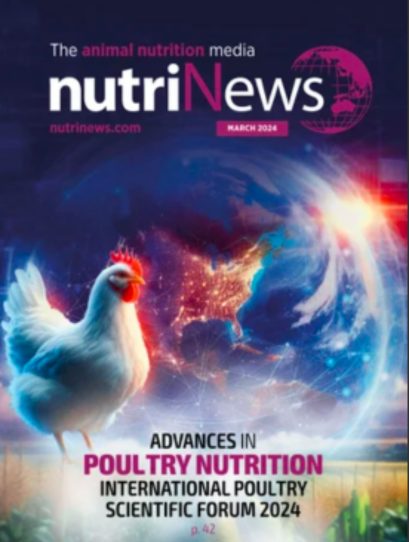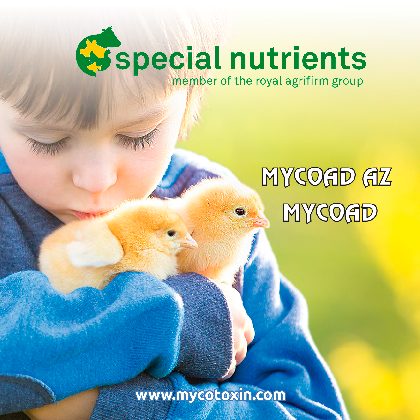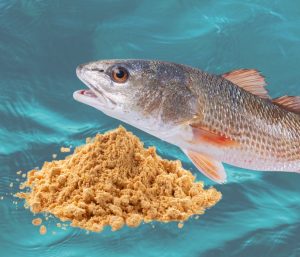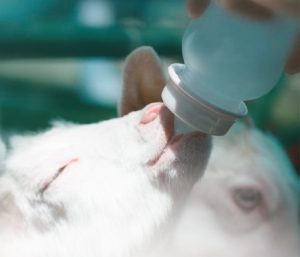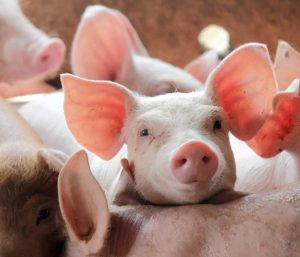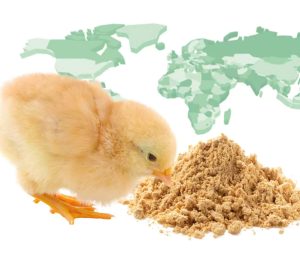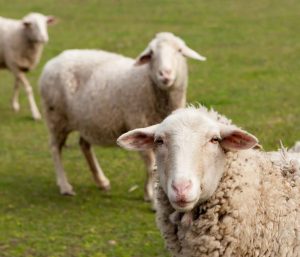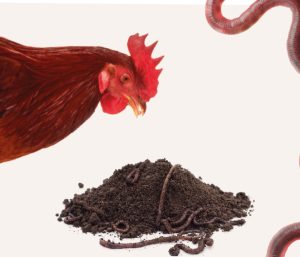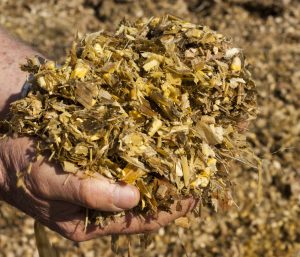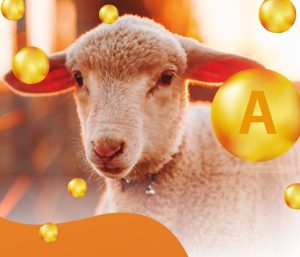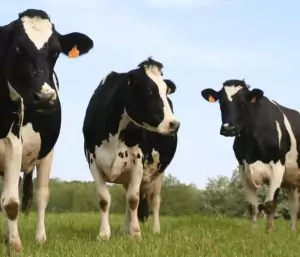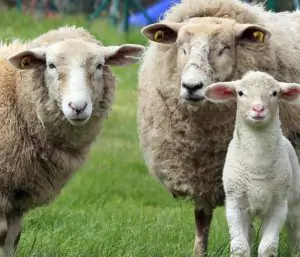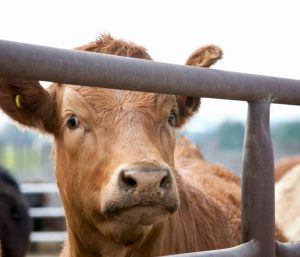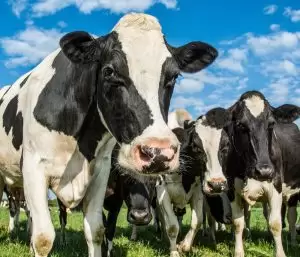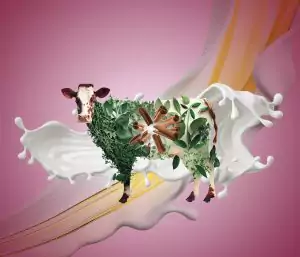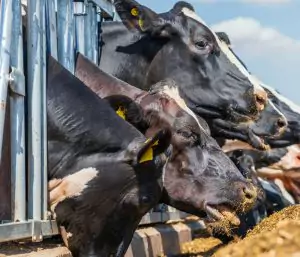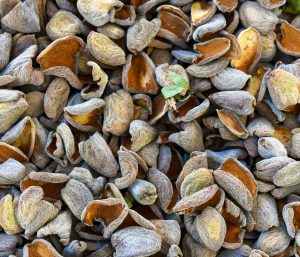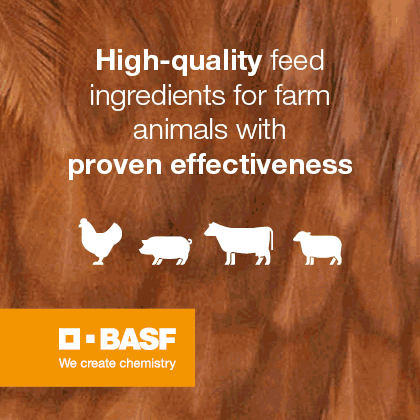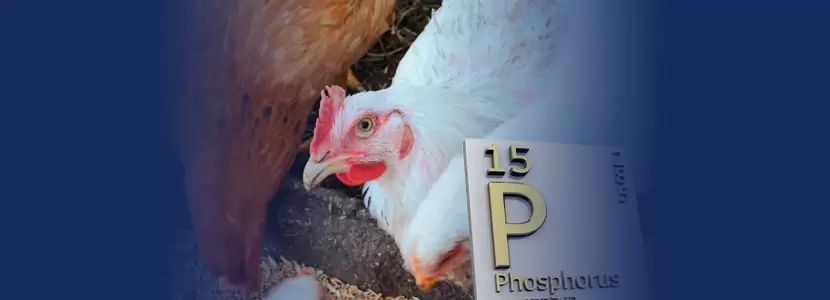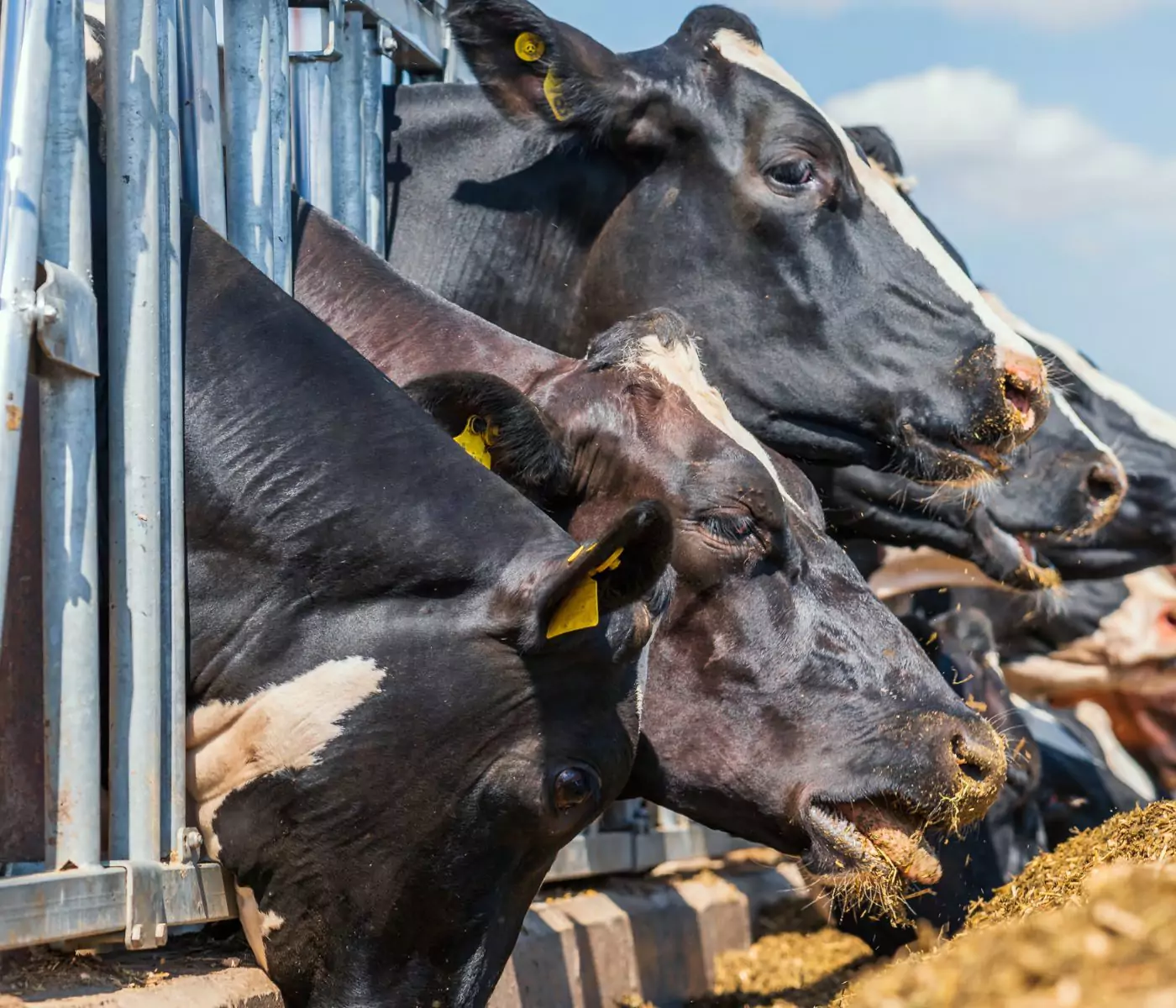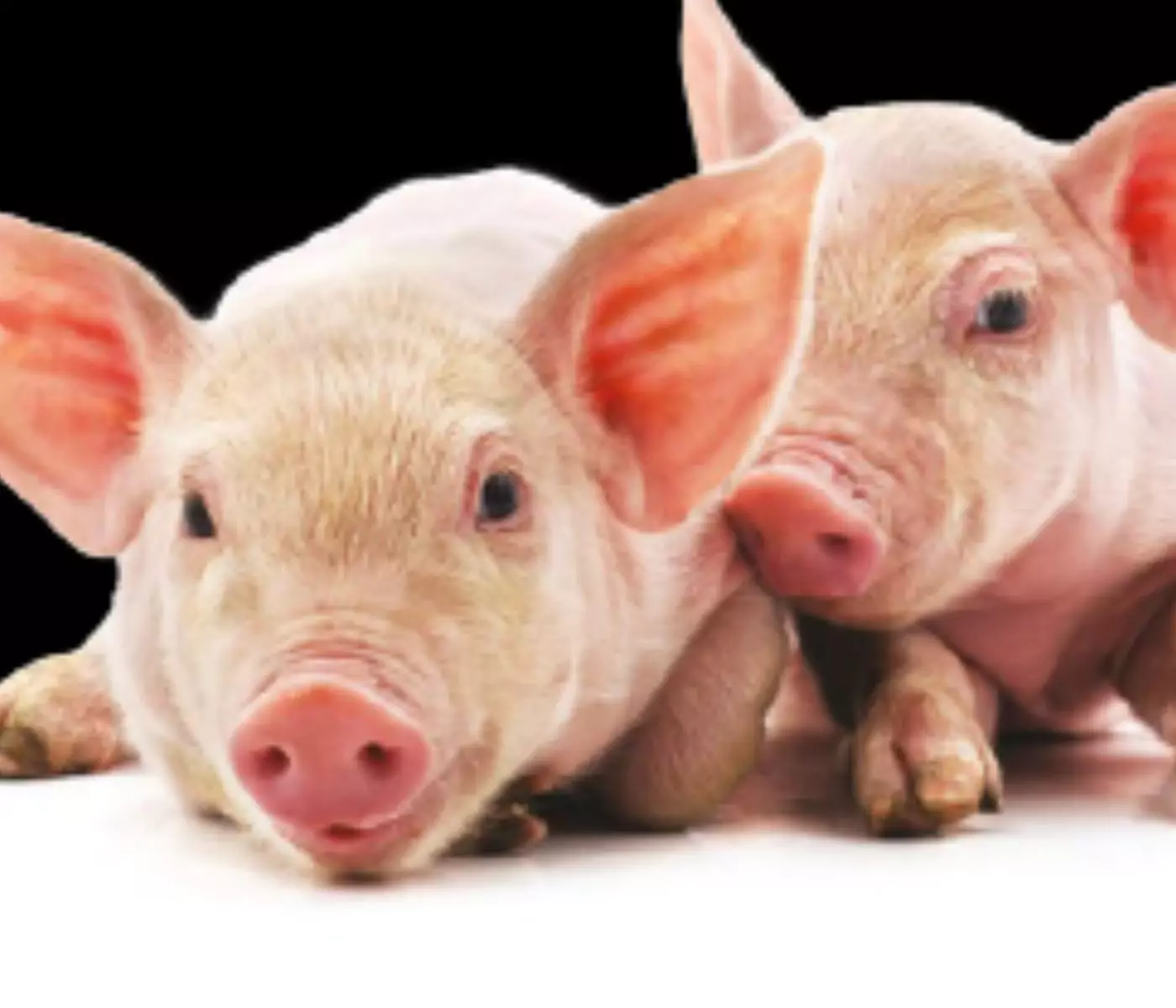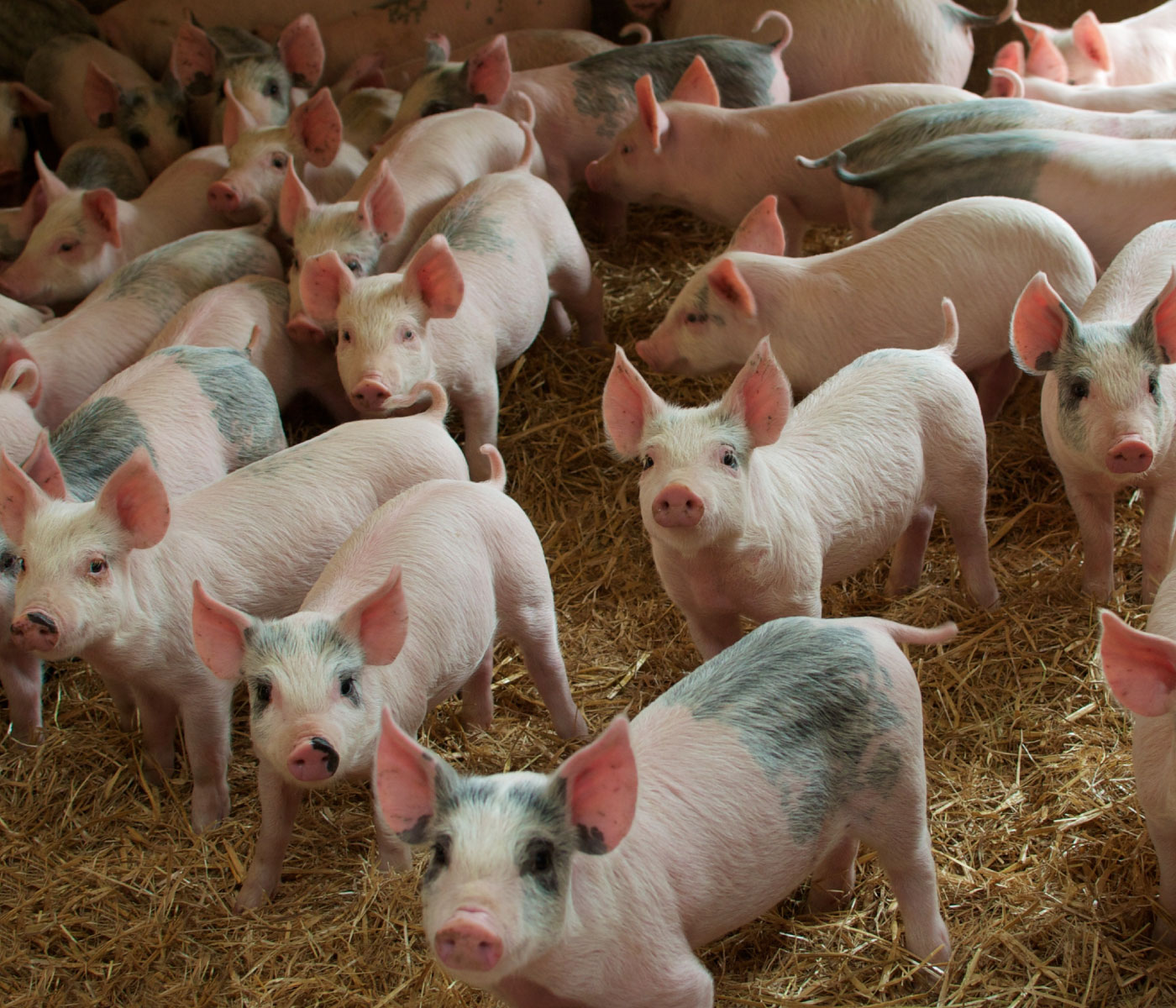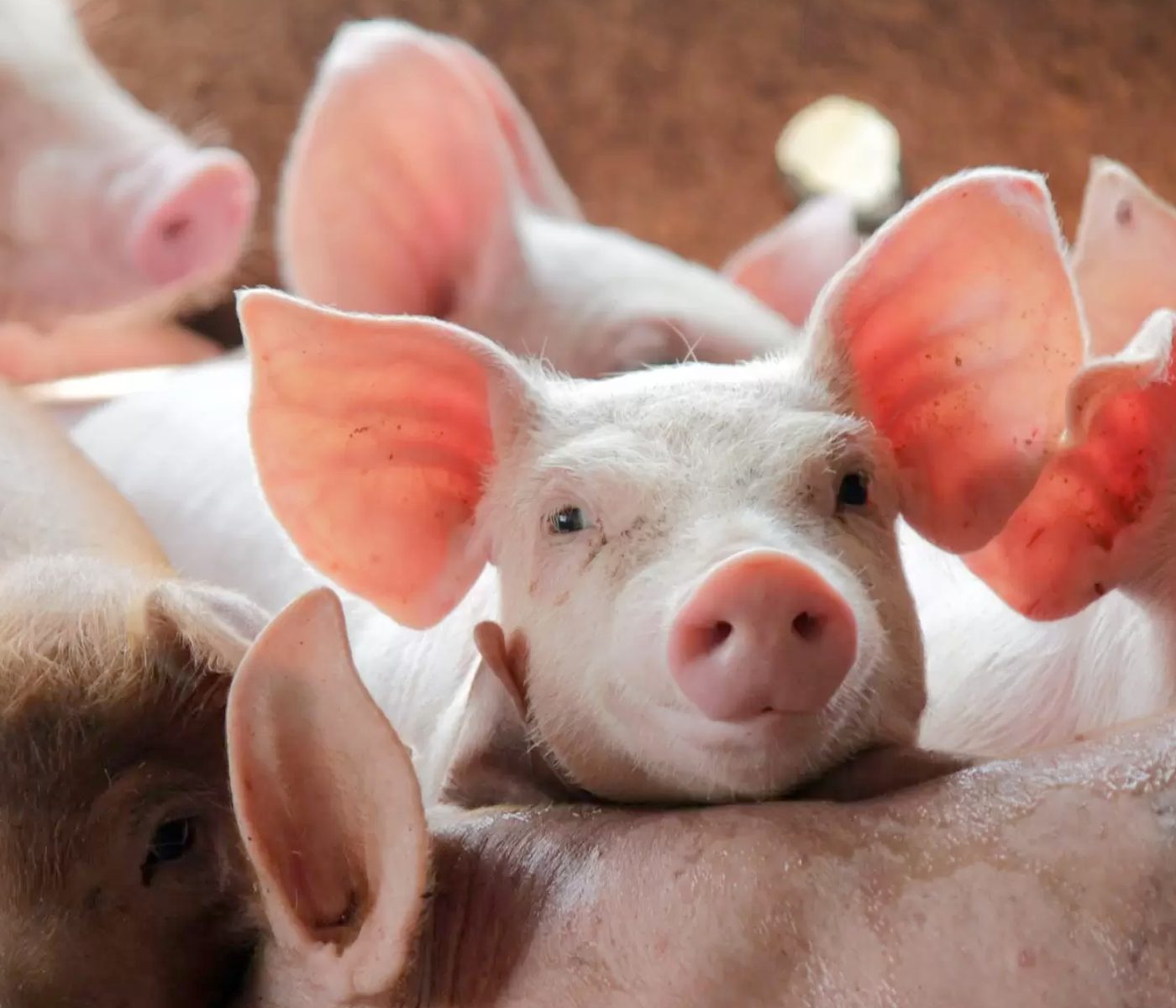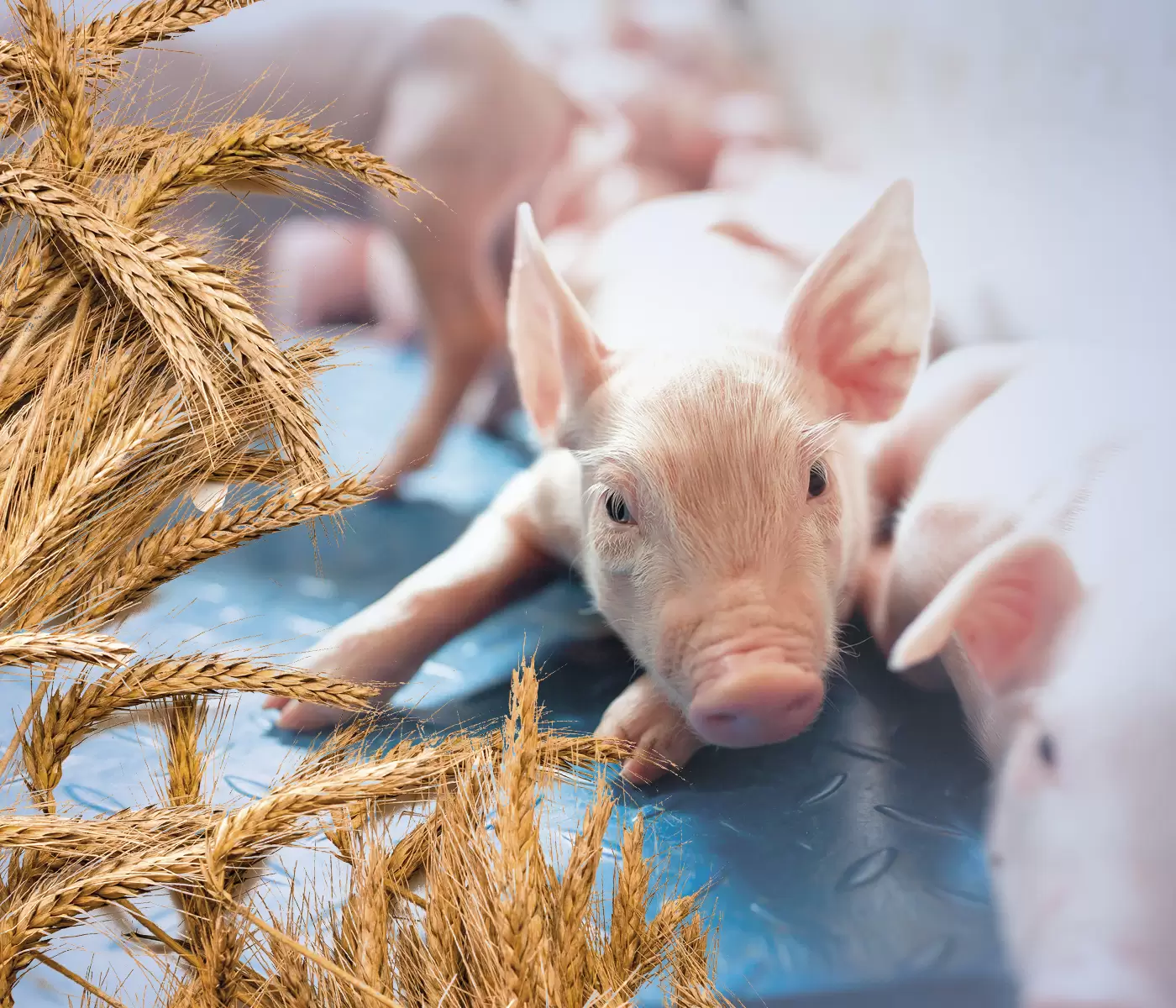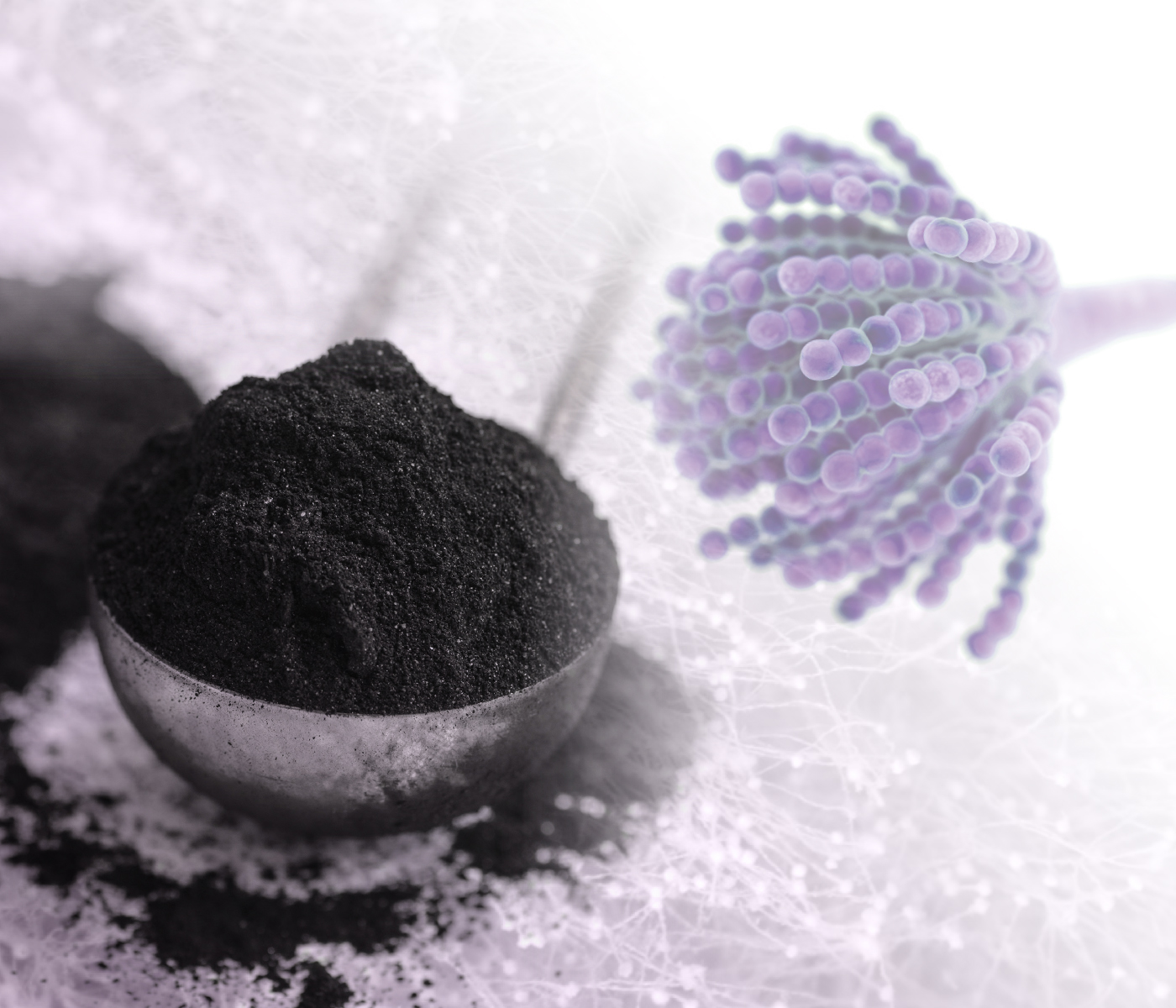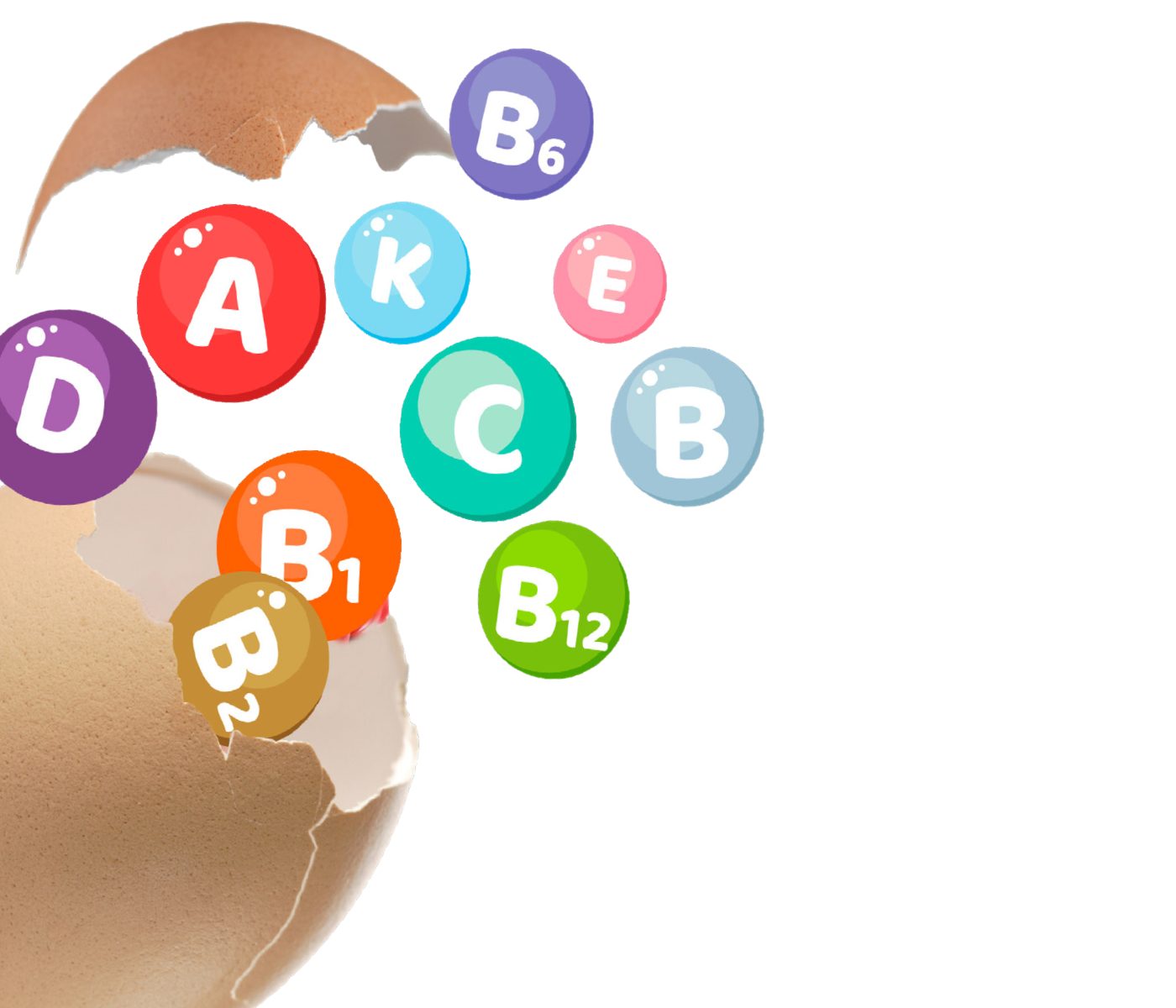 04 Jan 2023
04 Jan 2023
Duckweed as an alternative protein source for broilers
Duckweed could play an essential role as a potential alternative protein source in poultry. Alternative protein sources for animal nutrition are currently required. Considering for example, that soy production which is one of the main protein ingredients in animal feed is associated with deforestation and long transport distances.
The duckweed comprises different small floating plants present on the water surface with sizes up to 1.5 cm. This group includes Lemna L., Spirodela Schleid., Landoltia Les & Crawford, Wolffia Horkel ex Schleid. and Wolffiella Hegelm., with 36 different species.
Among the features of duckweed, is that this floating plant is one of the fastest-growing plant species, exhibiting exponential growth. Additionally, this plant contains a high nutrient availability. Its crude protein levels can increase up to 44 percent in dry matter due to the levels of ammonium and nitrate.
A study evaluated the effect of different duckweed batches as protein feed on broiler performance parameters, such as: feed intake and body weight. The ileal digestibility of amino acids and phosphorus were also assessed.
- The duckweed batches consisted of a mixture of Lemna minuta and Lemna minor (batch A), Spirodela polyrhiza (batch B), and Lemna obscura (batch C) with a crude protein content of 17.5, 24.7 and 37.0%, respectively.
- Treatment diets contained 50% of batch A, 50% of batch B, and 25, 50, and 75% of batch C. All diets were fed to broiler chickens (Ross 308) from 21 to 27 days of age.
Highlights of the results:
>>Diets with a share of 50 and 75% of batch C led to decreased feed intake (109.3 and 74.9 g/day, respectively) compared to the control.
>>Standardized ileal digestibility of crude protein and amino acids differed significantly between duckweed batches, at values for methionine between 49.9 and 90.4%.
>>For all amino acids, batch A consistently had the lowest digestibility while batch C presented the highest. In addition, batches had different tannin contents of 2943, 2890, and 303 mg/kg for batches A, B, and C, respectively.
>The apparent ileal phosphorus digestibility differed significantly between all batches (50.8–78.9%).
Finally, researchers established that the high variability of duckweed biomass composition and its nutritional value requires that adequate species must be selected. Therefore, duckweed cultivation must be optimized in order to provide a suitable biomass for broiler chicks.
- Stable plant composition and biomass production tailored towards the requirements of broiler chickens are necessary to ensure adequate nutrition.
Source: Abstract taken and modified from: “Nutritional Value of Duckweed as Protein Feed for Broiler Chickens—Digestibility of Crude Protein, Amino Acids and Phosphorus” Demann, Johannes, Finn Petersen, Georg Dusel, Manuela Bog, Reindert Devlamynck, Andreas Ulbrich, Hans-Werner Olfs, and Heiner Westendarp. 2023. Animals 13, no. 1: 130. https://doi.org/10.3390/ani13010130

